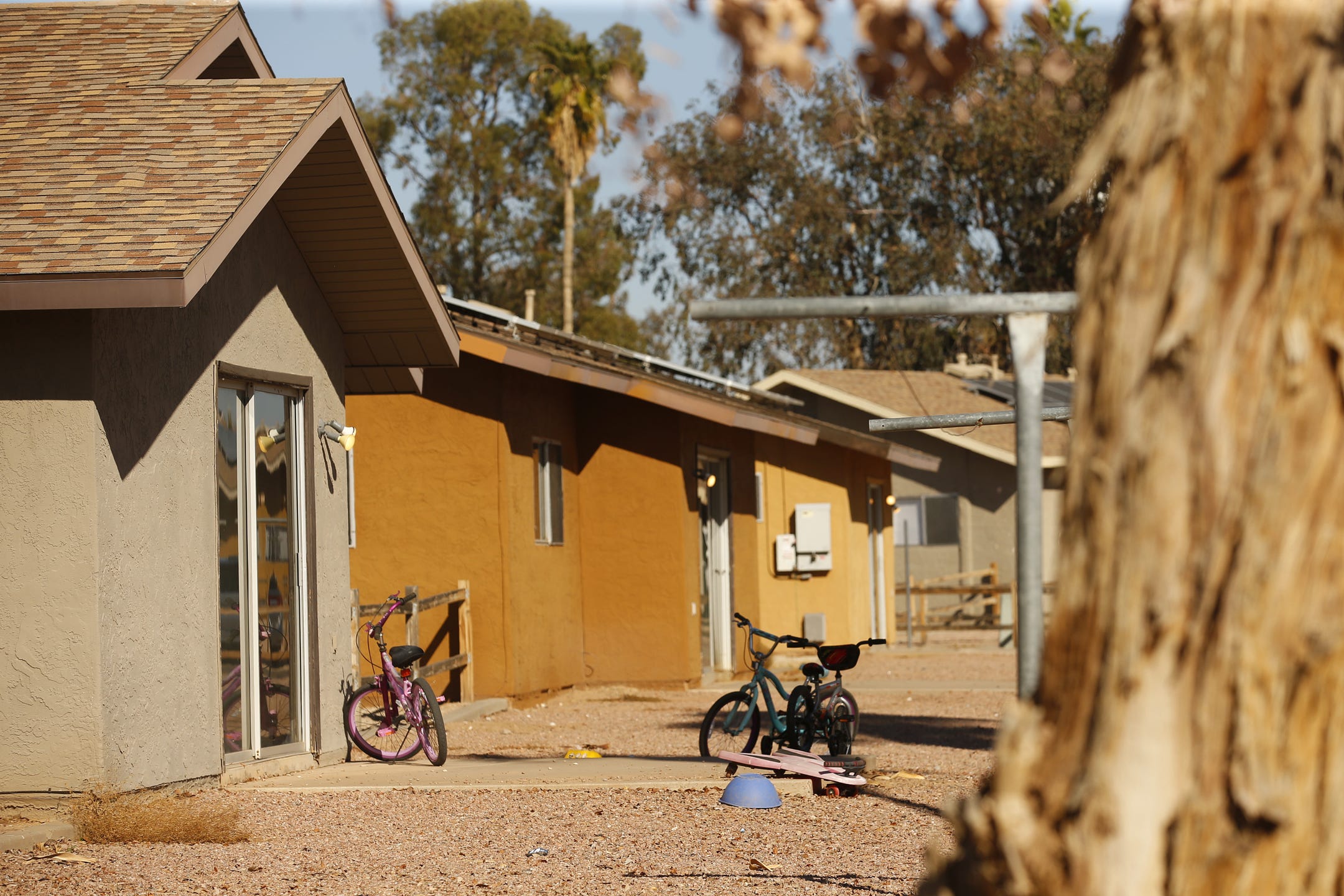“Deeply affordable housing with supportive services for this population has a proven track record of success and hits all the Adams administration’s goals of efficiency, smart government, addressing problems at their root, and getting things done.”

Adi Talwar
A dormitory at Fortune Society’s transitional housing program in Manhattan.
The Adams administration and City Council have a unique opportunity to right a long-standing wrong that would forever transform the lives of thousands of our most vulnerable neighbors, save hundreds of millions of dollars AND improve public safety: provide the New Yorkers who are coping with homelessness, mental illness, and incarceration with supportive housing.
Deeply affordable housing with supportive services for this population has a proven track record of success and hits all the Adams administration’s goals of efficiency, smart government, addressing problems at their root, and getting things done.
Between 40-50 percent of the people on Rikers Island struggle with mental health issues. A recent report published by CSH estimates that in a given year, 2,589 New Yorkers are both homeless and cope with one or more chronic behavioral health issues. These individuals are at high risk of cycling endlessly between homelessness and incarceration. About 32 percent of people are re-incarcerated within two years after release from incarceration if they are experiencing homelessness.
READ MORE: As NYC’s Jail Crisis Worsens, Stable Housing Could Be the Difference Between Rikers and Release
Data indicates that people who receive mental health treatment at Rikers have an average length of stay of 357 days—135 days longer than those who do not. A recent report by the comptroller put the cost of incarcerating someone for at Rikers at $1,525 a day. That means that for this group of 2,500 people, the city is spending over half a million dollars on each person per year, just in incarceration costs.
While that is shocking and reason enough to take immediate action, the human toll is much worse. Take Darnell: like so many others, he has struggled with mental illness. To cope, he has habitually self-medicated with substances and, as a result, ended up repeatedly on Rikers. His family could not cope with his issues, and each time he was released, he went into shelter and, inevitably, back to Rikers…over and over.
That is, until Darnell found Fortune Society—one of the few nonprofits creating supportive housing for justice-involved individuals. He was able to get his apartment with support services at their Castle Gardens in West Harlem. He has engaged with mental health services, connected with family, and is on his way to gainful employment.
It is no secret that the vast majority of those coping with homelessness, behavioral health issues, and involvement with the criminal legal system are people of color. Thus, addressing— and ending—this population’s cycle of homelessness and institutionalization begins to address the crushing impacts of hundreds of years of systemic racism in a very real way.
And then there is the impact on communities. Unquestionably improving outcomes for the most vulnerable in our jails and prisons has ripple effects on their families and their communities, which have been devastated by lack of investment and mass incarceration. Meanwhile, according to a recent opinion poll on reducing crime, New Yorkers overwhelmingly believe that the best way to improve public safety is to invest in affordable housing, address homelessness and provide more mental health care.
The city is already a huge proponent of supportive housing: it is five years into its signature NYC 15/15 Initiative, which promises to create 15,000 units of supportive housing for New York’s most vulnerable homeless individuals and families in 15 years, and 5,000 of those units are either up and running or in the pipeline. Unfortunately, NYC 15/15 requires that individuals be CONTINUOUSLY HOMELESS for essentially a year—and jail time is not counted toward that total—so justice-involved individuals are effectively ineligible for this resource.
There are two other supportive housing resources for those with disabling conditions who are coming from incarceration. The state created the Empire State Supportive Housing Initiative in 2016, a 15-year/20,000 unit commitment to create supportive housing for 11 different vulnerable populations, and those leaving incarceration are among them. The other is the 120-bed Justice-Involved Supportive Housing (JISH) initiative, which was underfunded and had programmatic challenges: as a result, when the city sought to expand the initiative, no nonprofits responded to the Request for Proposals (RFP). JISH providers submitted recommendations to the city for a re-imagined program at the end of 2021.
As a result, CSH, the Supportive Housing Network of New York, and Fortune Society are asking the mayor to increase the city’s supportive housing commitment to creating at least 500 additional units of specialized supportive housing each year for justice-involved New Yorkers who are struggling with both homelessness and behavioral health issues.
Will creating this housing cost money? Of course. But consider the costs to taxpayers of Darnell’s cycle of homelessness and incarceration for just one year: nearly a year in Rikers (357 days at $1,525 per day) and the rest in shelter (8 days at $130 per day): total bill of $545,465.
Meanwhile, what is the cost of helping reclaim Darnell’s life and the thousands of others caught in the forever cycle of homelessness and institutionalization? Beyond measure.
Patricia Hernandez is the director at the Corporation for Supportive Housing. Bea De La Torre is the managing director of housing and homelessness at Trinity Church Wall Street (a City Limits funder). Cynthia Stuart is the chief operating officer at The Supportive Housing Network of New York. JoAnne Page is the CEO of The Fortune Society.

